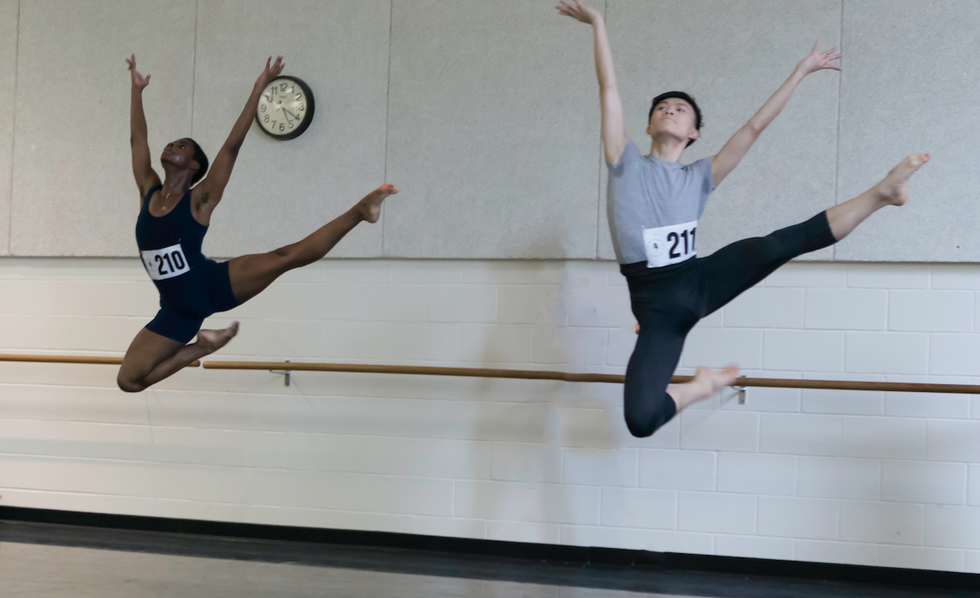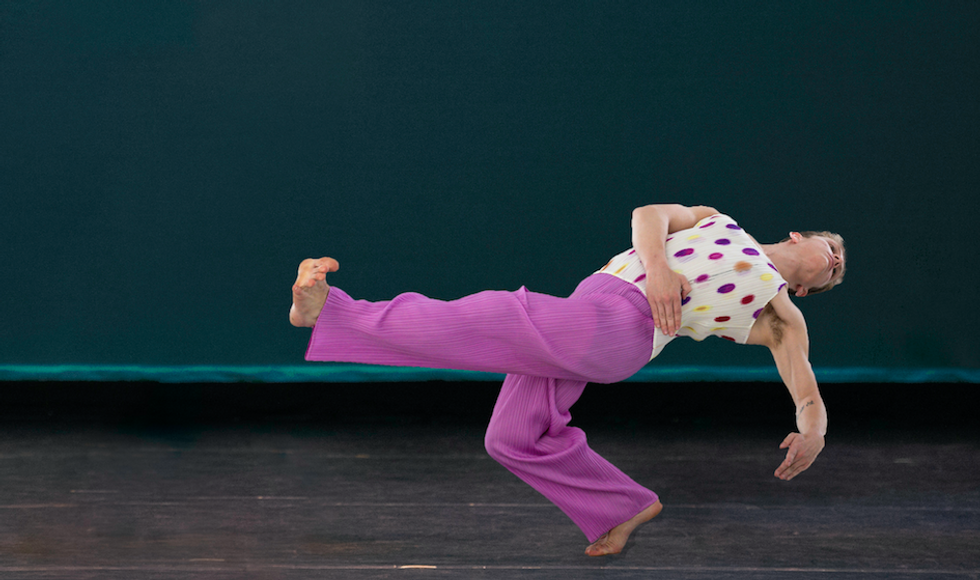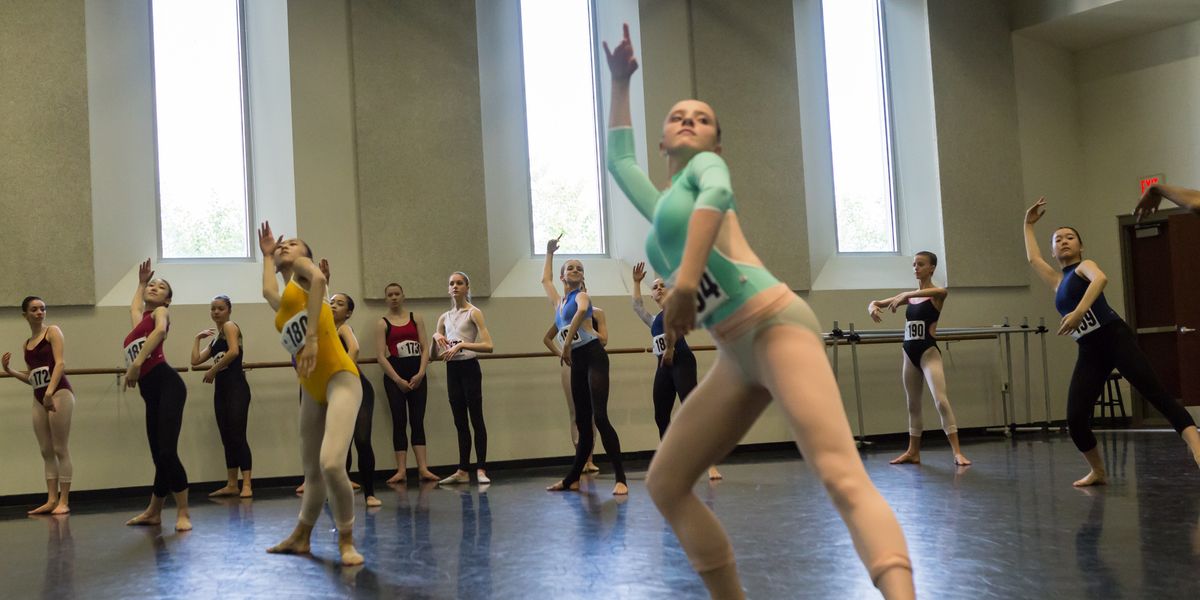A Competition for the Kind of Dance You'd Never Expect to See at a Competition
Ever dreamed of dancing in the companies of modern or post-modern dance giants like José Limón, Paul Taylor or Trisha Brown? Then it might be time to enter a dance competition.
Yes, you read that right.
Probably the last genre of dance you’d ever expect there to be a competition for now has its own track at the Dance Prix de New York.
The competition debuts this March, led by Seán Curran, chair of New York University’s Tisch Dance department and Jolinda Menendez, a former American Ballet Theatre dancer who now teaches at Tisch (where all the rounds take place). There’s both a classical and a contemporary track—although the “contemporary” category isn’t what you’d usually expect to see when you hear that word at competitions. Rather than tilts or round offs, the focus will be placed on more subtle modes of movement.
 Dancers will take master classes with everyone from Richard Chen See to Kristen Foote. Photo by Natalie Lowder, courtesy DPNY
Dancers will take master classes with everyone from Richard Chen See to Kristen Foote. Photo by Natalie Lowder, courtesy DPNY
Judges for the track are made up of luminaries of New York’s modern and post-modern dance scenes:
- Doug Elkins
- Heidi Latsky
- Larry Keigwin
- Jessica Lang
- Jacqulyn Buglisi
- Diane Madden of Trisha Brown Dance Company
- Colin Connor of José Limón Dance Foundation
- Richard Chen See of Paul Taylor Dance Company
- …among others
(Meanwhile, the classical track has its own lineup of big names, like Susan Jaffe, Irina Dvorovenko, Cynthia Harvey, Megan Fairchild and more.)
 Competitors will be judged on things like their use of space and musicality. Photo courtesy Dance Prix de New York
Competitors will be judged on things like their use of space and musicality. Photo courtesy Dance Prix de New York
So how do you compete in this kind of vocabulary? According to the rules, judges are looking for performers who are “fluent in contemporary concert dance vernacular.” Dancers are given separate scores for their artistry, technique and future potential, with particular attention paid to physical expression, response to the music, use of space and technical skill as well as strong choreography and movement invention.
“We ask that you refrain from ‘tricks’ and focus on creating a world through articulate and impactful performances that develop choreographically from beginning to end,” states the website.
Outstanding choreography will also get its own recognition from the judges. Solos will be evaluated for movement invention and intention, creative use of space, musicality and choreographic arc.
Limited to dancers ages 16 to 25, this contemporary category is pretty clearly geared towards college dancers and recent college grads. Which seems like a savvy move: Many dance departments today are filled with former comp kids who miss their days on the circuit, but now study earthier modern dance styles.
And with that lineup of judges, you can bet that some of the top dancers might walk home with scholarships, apprenticeships, contracts or other opportunities.
Intrigued? Applications are open until February 15.





